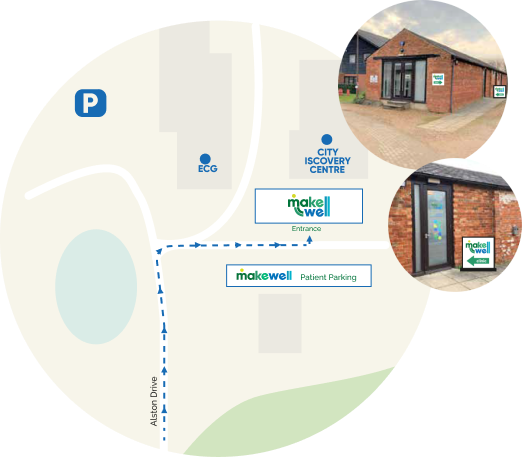The anterolateral aspect of the thigh is the preferred site for infants under one year old, because it...
As you are aware, monkeypox has now become a topic of discussion in the media so here’s a little factsheet to inform you of all the important details.
Transmission
Monkeypox does not spread easily between people.
Spread of monkeypox may occur when a person comes into close contact with an infected animal (rodents are believed to be the primary animal reservoir for transmission to humans), human, or materials contaminated with the virus. Monkeypox has not been detected in animals in the UK.
The virus enters the body through broken skin (even if not visible), the respiratory tract, or the mucous membranes (eyes, nose, or mouth).
Person-to-person spread is uncommon, but may occur through:
- contact with clothing or linens (such as bedding or towels) used by an infected person
- direct contact with monkeypox skin lesions or scabs
- coughing or sneezing of an individual with a monkeypox rash
Clinical features
The incubation period is the duration/time between contact with the infected person and the time that the first symptoms appear. The incubation period for monkeypox is between 5 and 21 days.
Monkeypox infection is usually a self-limiting illness and most people recover within several weeks. However, severe illness can occur in some individuals.
The illness begins with:
- fever
- headache
- muscle aches
- backache
- swollen lymph nodes
- chills
- exhaustion
Within 1 to 5 days after the appearance of fever, a rash develops, often beginning on the face then spreading to other parts of the body. The rash changes and goes through different stages before finally forming a scab which later falls off.
An individual is contagious until all the scabs have fallen off and there is intact skin underneath. The scabs may also contain infectious virus material.

(pictures are from Monkeypox: background information – GOV.UK (www.gov.uk))
Diagnosis
Clinical diagnosis of monkeypox can be difficult, and it is often confused with other infections such as chickenpox. A definite diagnosis of monkeypox requires assessment by a health professional and specific testing in a specialist laboratory.
Treatment
Treatment for monkeypox is mainly supportive. The illness is usually mild and most of those infected will recover within a few weeks without treatment.
Vaccination against smallpox can be used for both pre and post exposure and is up to 85% effective in preventing monkeypox. People vaccinated against smallpox in childhood may experience a milder disease.
Infection prevention and control
Prevention of transmission of infection by respiratory and contact routes is required. Appropriate respiratory isolation is essential for suspected and confirmed cases. Scabs are also infectious and care must be taken to avoid infection through handling bedding, clothing, and so on.
References
1). Monkeypox - GOV.UK (www.gov.uk)
